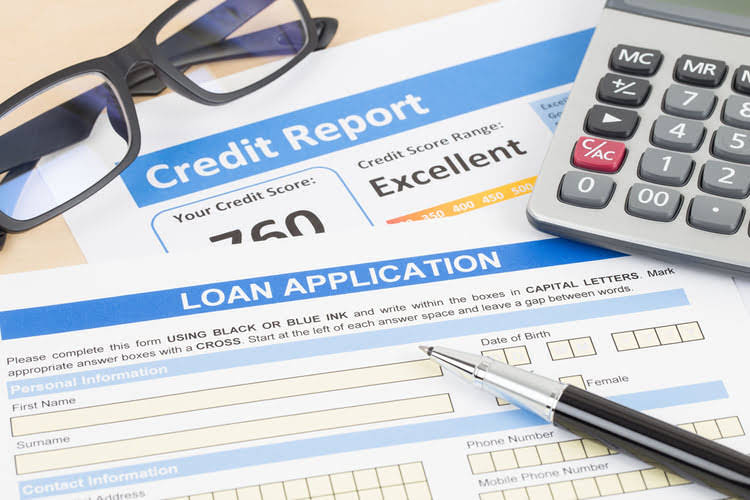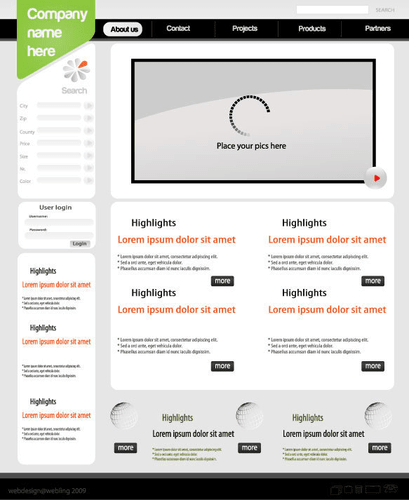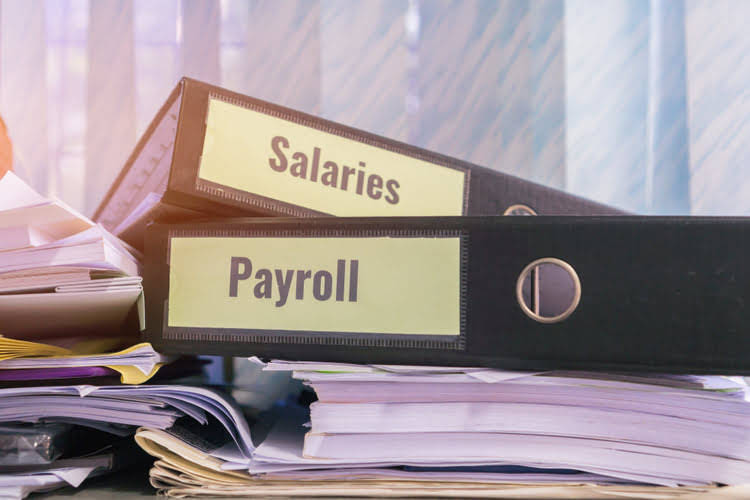
Together, we’d develop a pricing structure that balances competitive pricing with healthy profit margins, helping you stay profitable and competitive. Running a CPG brand comes with financial challenges that most businesses don’t face. The need to track COGS precisely, manage perishable inventory, handle seasonal fluctuations, and navigate the sustainability conundrum makes CPG accounting a whole different game. And if you’re trying to scale, getting a handle on these complexities is imperative. They understand the unique challenges of the CPG industry and can support your business as it scales, allowing you to focus on growing your brand.
Resisting the Challenges of Modern Life
Predictive modeling can help forecast the outcomes of different trade spend scenarios, allowing for more strategic allocation of resources. By conducting regular TPO, businesses can ensure that their trade spend responds to current market conditions and anticipates future trends, maximizing the effectiveness and ROI of each promotional campaign. UpClear makes software used by Consumer Goods brands to improve the management of sales & trade spending. Its BluePlanner platform is an integrated solution supporting Trade Promotion Management, Trade Promotion Optimization, Integrated Business Planning, and Revenue Growth Management. Balancing revenue streams, managing expenses, and satisfying both investors and tax authorities can be daunting.
- The Financial Accounting Standards Board (FASB) has issued Accounting Standards Codification (ASC) 606, which provides guidance on revenue recognition for all companies, including CPG companies.
- Embracing technology can significantly enhance the efficiency and effectiveness of financial management.
- Proper trade spend accounting is essential for accurately tracking and managing promotional investments.
- Using this data, they help you adjust reorder points, ultimately improving cash flow and maximizing profitability.
SOX Software

As a CPG brand, you’ll also need to stay on top of various tax requirements. This can include sales tax, income tax, and payroll taxes if you have employees. This document tracks the movement of money in and out of your unearned revenue business over a certain period. Keep in mind, this document is not as helpful for managing the weekly cashflow needs for your business. Your balance sheet helps you see how much liquidity you have, which can help with decisions like whether you can afford to make a big investment in new equipment or scale up production. The amount that should be deferred is measured at the fair value of the coupon using historical redemptions as a basis.

Trade Promotion Optimization

As you now know, the accounting considerations for CPG companies require careful management. Revenue recognition, inventory management and reserves, COGS, returns, and tax considerations are all important factors that CPG companies must consider. By carefully managing these factors, CPG companies can maintain profitability and succeed in a highly competitive market. In essence, navigating pricing challenges in consumer packaged goods markets requires a proactive approach that considers market dynamics, competitive pressures, and cost considerations. By carefully analysing the landscape and implementing strategic pricing tactics, CPG companies can successfully navigate challenges and maintain profitability in the market. Some manufacturers increase revenues by cutting overheads and improving product quality.
- One technique I recommend is using different scenarios—like conservative, moderate, and aggressive growth—to understand the impact each has on your financial stability.
- In this chapter, I’ll break down the key elements of accounting for a CPG business, the important financial statements you’ll need, and how to manage costs like trade spend and deductions.
- The CPG Experience Council’s vision is to share and develop best practices and data to foster competitive customer experiences that help brand owners, customers and consumers win.
- Dig into any line item on the income statement or balance sheet, and make sure everyone understands it – not just finance and accounting.
- At CJBS we partner with you to determine best practices for your business.
- This practice combines current and future cash inflows and outflows to provide a more accurate representation of a company’s financial and cash flow situation.
- Balancing revenue streams, managing expenses, and satisfying both investors and tax authorities can be daunting.
Align Your KPIs With Your Business Goals
Ultimately, optimising pricing strategies for consumer packaged goods requires a comprehensive approach that considers market dynamics, consumer behaviour, and the value proposition of the products. By implementing the right pricing tactics, businesses can achieve their revenue goals while satisfying customer demand and staying ahead of the competition in the CPG market. The relationship between manufacturers and retailers need not be antagonistic. A firm understanding of both parties’ commercial position, margin targets and business strategy can reduce the negative tension between both parties when it comes to trade spend. Trade spending — a usual practice within CPGs (consumer packaged goods) and retail companies. Basically, trade spending is the amount that a company spends to improve demand for its products, preferential shelf display locations (slotting), including coupons, and co-advertising, to name a few.
Navigating Complex COGS Calculations
- These promotions will generate accruals and automatically tie in with the deductions as they come in.
- The amount that should be deferred is measured at the fair value of the coupon using historical redemptions as a basis.
- At Vdriven, we’re committed to empowering brands with the knowledge they need to grow and succeed—let’s dive in and set your brand on the path to financial success.
- So that you’ll have full visibility into your strategies from the outset, allowing you to track profitability and ROI.
- If you’re brand-new to the market and don’t have much previous performance to reference, look at CAC levels and other relevant financial data for CPG startups that are similar to yours.
- For example, you might find a top-selling item has lower profit margins due to higher packaging costs.
I’ve spent the last 32 years of my career in the FMCG world and loved every moment as it’s always been about people doing business with people. But having Catch Up Bookkeeping retired, I still have an itch that as an industry and for me personally we have some unfinished business still on the table. A space for like-minded CPG experience professionals to share and develop best practices and benchmarks monthly in order to raise industry standards together. Each deduction code represents a specific scenario or issue, allowing for easier categorization and resolution.

The Income Statement details your small business’s revenue and expenses over a period — monthly, quarterly, or annually. It breaks costs into direct (Cost of Goods Sold) and indirect expenses (overhead). The result after subtracting all costs from revenue is your Net Income, or bottom line. Below, we will go into an introduction to each of these three cpg accounting financial statements, exploring how they are important tools that can help provide a dashboard into your company’s financial health. Gross revenue refers to the total amount of income that a CPG food company receives from sales. Meanwhile, net revenue refers to the final amount after adjusting for certain expenses, including…
